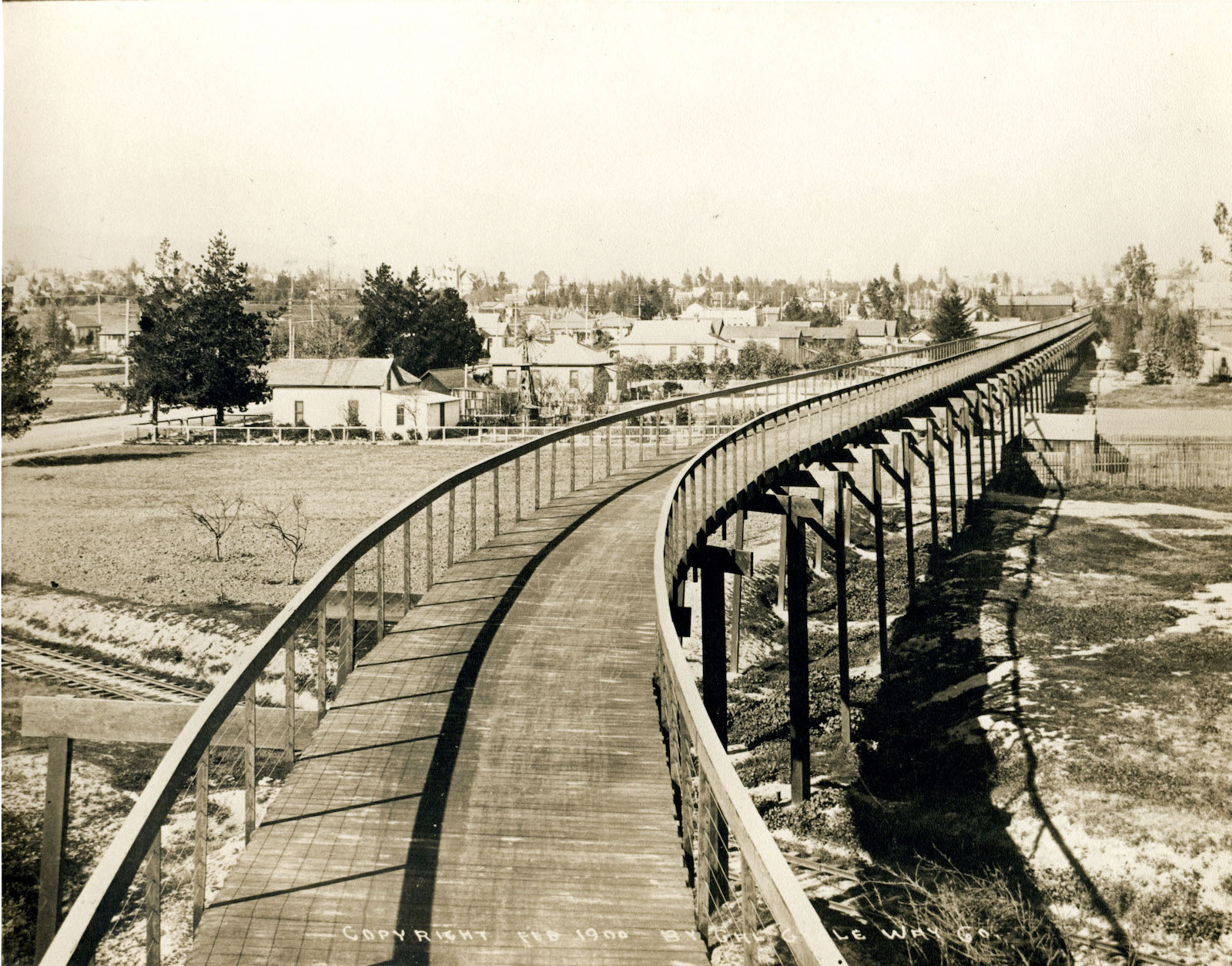Micro-mobility has emerged as a promising solution to urban transportation challenges, with bikes and scooters becoming familiar sights, offering convenient and eco-friendly alternatives to car dependency. But is the promise of micro-mobility limited to cities alone?
Consider this: over 66 million Americans reside in rural areas, facing different transportation challenges compared to their urban counterparts. They often drive more, spend more on vehicle costs, and have limited alternatives. The financial strain of car ownership is palpable, with the average American spending 20% of their monthly income on fuel, maintenance, and insurance. Suburban and rural residents stand to benefit the most from expanding micro-mobility options in their neighborhoods.
What is micro-mobility?
It refers to small, personal transportation devices, such as bikes and scooters, electric or not, that can be shared or privately owned. They are ideal for short trips or as connectors to public transit systems, and are key to reducing emissions. Research suggests that expanding e-bike usage to 11% of all vehicle trips could cut transport emissions by 7%, equivalent to taking 134 million cars off the road.
There are inspiring stories of individuals who have embraced micro-mobility outside of urban areas and reduced their car dependency. Take Michael Kavate, who writes in Business Insider about the convenience of micro-mobility after he opted to go car-free permanently in the suburbs when his car needed repairs. He discovered the benefits went beyond just practicality: not only did he save money, but he felt more energetic and encountered communities he otherwise ignored during his car commute. Taxis or ride-sharing offered a backup option when needed. He acknowledges that his success wasn’t solely due to this personal choice, but supportive policies and public investment in infrastructure that made his micro-mobility lifestyle a reality.
Or Carla Blackmar, who describes her family's experience living car-free in a small town. While they embraced cycling whenever possible, they occasionally needed a car. Their solution? An informal car-sharing network with their neighbors. Though initial hurdles existed, like cultural norms of borrowing and lending, scheduling, and finding auto insurance not tied to ownership, they were quickly overcome. The benefits of fostering community bonds far outweighed the inconvenience.
These anecdotes underscore the potential of micro-mobility to thrive beyond urban centers, with creative solutions emerging to bridge car-dependency gaps

Pasadena Cycleway, 1900. Photo from the Pasadena Museum of History
Navigating infrastructure and innovation in suburban and rural areas
To make micro-mobility an attractive and feasible option in suburban and rural areas, certain factors need to be addressed. Ebikes, for instance, boast higher ranges that can cover longer distances, but there's a pressing need for infrastructure development to ensure safe and convenient travel, such as bicycle lanes, interconnected cycling highways, and charging stations. Historic examples offer inspiration, like the nine-mile elevated bicycle freeway connecting then-rural Pasadena to Los Angeles in 1900. While modern suburban experiments like Culdesac in Tempe, Arizona—a car-free neighborhood where residents are offered access to transit and shared micro-mobility—demonstrate how infrastructure designed for alternatives to driving can function.
Rural and suburban areas also struggle with connecting the first/last mile, or the portion of a trip between a person’s origin (home, work, etc) and the nearest fixed-route transit station or stop. On-demand microtransit services, when paired with micro-mobility options, have emerged as a promising means to address this challenge. Examples like Sussex County in Delaware, where a significant portion of the population faces transportation hurdles, highlight the transformative impact of accessible and affordable transportation alternatives to driving.
Collaborative efforts between community organizations and local authorities can further amplify the reach of micro-mobility initiatives. Partnerships like the one between the YMCA and Sandusky County Public Health in Ohio, which launched a bike share program, demonstrate how grassroots initiatives can enhance mobility options even in rural settings.

Photo by Mark Stosberg
The benefits of micro-mobility extend far beyond dense urban centers. By fostering community engagement and investing in supportive infrastructure, we can unlock the full potential of micro-mobility, reducing car dependency and ultimately leading to a more sustainable future.
